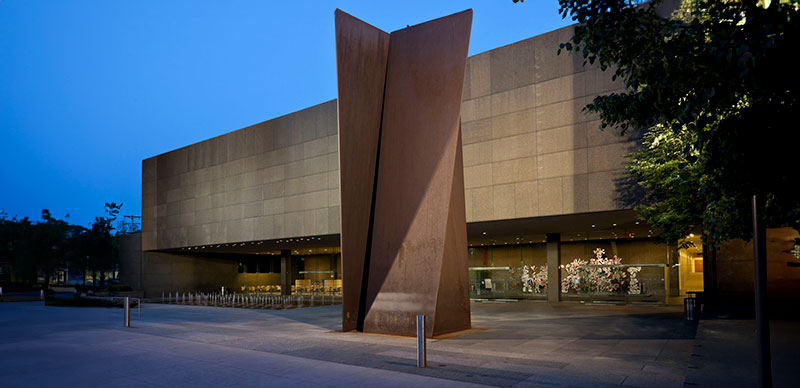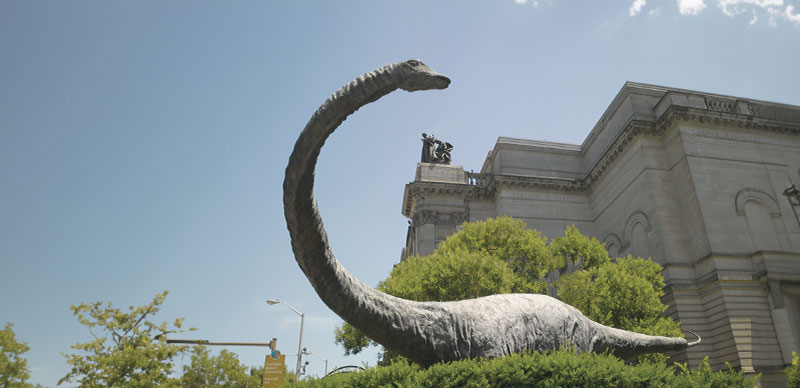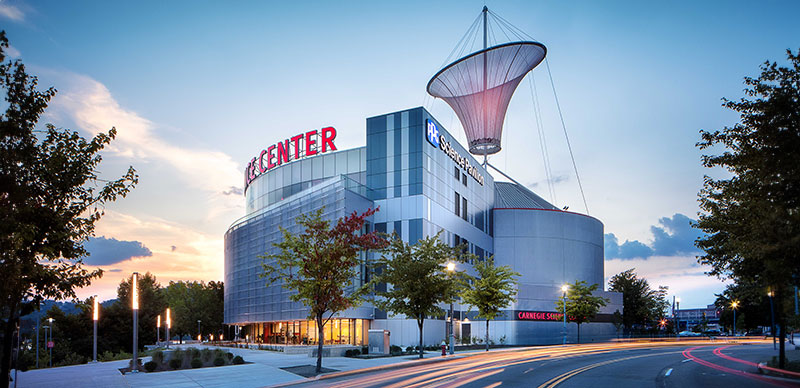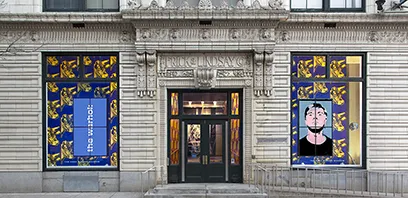Architecture After Richardson
by Margaret Henderson Floyd 546 pp.
Chicago: The University of Chicago Press in association with the Pittsburgh History
and Landmarks Foundation, 1994.
$75.00
BUILDING FOR PITTSBURGH’S FIRST FAMILIES
by Paul Rosenblatt
Have you ever driven past a remarkable old house or public building and wondered
who designed it? The names of Longfellow, Alden, & Harlow don’t appear in many
histories of American architecture, but you’ve seen their work. You’ve probably visited
Carnegie Museums many times, or borrowed a book from one of the neighborhood Carnegie
Libraries in Lawrenceville, Hazelwood, East Liberty, Oakmont or Mount Washington.
Maybe you’re even a member of the Duquesne Club. Longfellow, Alden or Harlow designed
these buildings, among countless other institutions and private houses in and around
Pittsburgh. If they were so prolific, competent and accomplished, why are they so
anonymous now?
History is often thought to be composed of a series of discoveries, each one novel,
colliding violently with the last in an endless sequence of action/reaction, genius/counter-genius,
paradigm/paradigm shift. The modern era has fostered this belief, upholding originality
and technological innovation above all other virtues. The products of skill, the textures
of background, the pervasive character of the everyday can easily be overlooked amidst
the arresting cacophony of the new, the dramatic and the spectacular.
Of course, the buildings that Margaret Henderson Floyd examines in her scholarly,
beautifully illustrated book, Architecture After Richardson: Regionalism before Modernism-Longfellow,
Alden and Harlow in Boston and Pittsburgh are anything but common. The great McClelland,
Park, Painter, Magee and “Sunnyledge” houses are products of refined tastes. Occasionally,
a remarkably modern form emerges, like the exquisite roof structure of the McClure
Avenue Presbyterian Church illustrated on page 134. But this is the exception, not
the rule. For the most part, tradition is embroidered, not rendered.
H. H. Richardson’s Boston office, from which these three architects graduated,
produced strikingly novel Pittsburgh compositions like the Allegheny County Courthouse
and Prison or Emmanual Episcopal Church. Longfellow, Alden or Harlow, who established
offices in both burgeoning cities, chose a more commercially and less intellectually
viable route. Charming, charismatic, talented and smart, they cultivated the eclectic
tastes of Pittsburgh’s first families, building stylishly elegant environments of
uncommon size and enduring grandeur.
Margaret Henderson Floyd’s approach does not limit itself to the formal but also
addresses the cultural, constructing a vivid history of patronage. Picture prideful
industrial magnates. Picture their vision of cultural development and urban growth.
As Floyd writes, “First families of Pittsburgh, often members of the Duquesne Club,
viewed their city homes as an expression of financial success, as was the case elsewhere.
But the accelerated pace of financial growth of Pittsburgh fortunes accentuated the
process.”
In recent years, several Boston area architects have completed major projects in
Pittsburgh. Michael Dennis built Carnegie Mellon University’s new campus. Kallman
& McKinnell expanded that school’s Graduate School of Industrial Administration.
Landscape architect Michael van Valkenburg, in collaboration with artist Ann Hamilton,
designed the Cultural District’s new Riverfront Park. In her intriguing book, historian
Margaret Henderson Floyd traces a time when America’s leading architects had offices
in both cities, when Boston-“Daughter of the Morning”-was this country’s cultural
hub, and Pittsburgh-“Queen of Night”-its rising coal bed.
Paul Rosenblatt is associate professor of Architecture at Carnegie Mellon University.
Architecture After Richardson (Nov/Dec 1996)
Architecture After Richardson by Margaret Henderson Floyd 546 pp. Chicago: The University of Chicago Press in association with the Pittsburgh History and Landmarks Foundation, 1994. $75.00 BUILDING FOR PITTSBURGH’S FIRST



